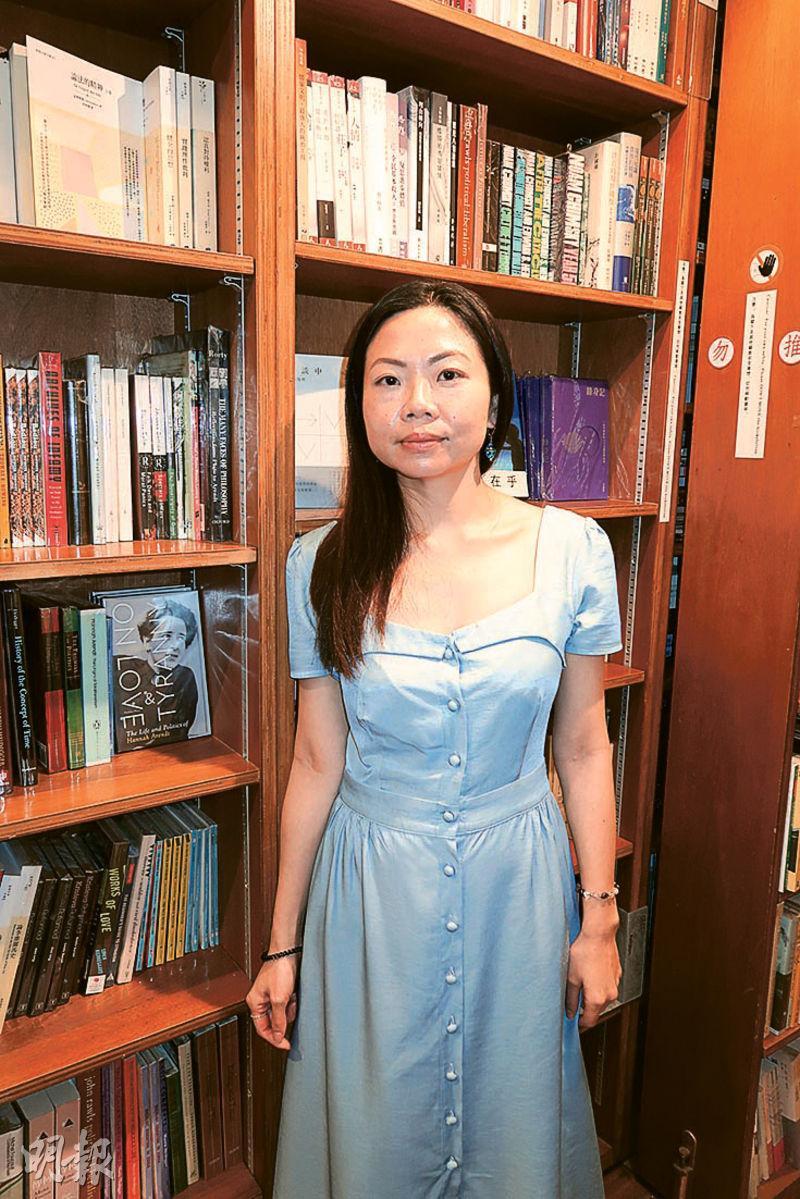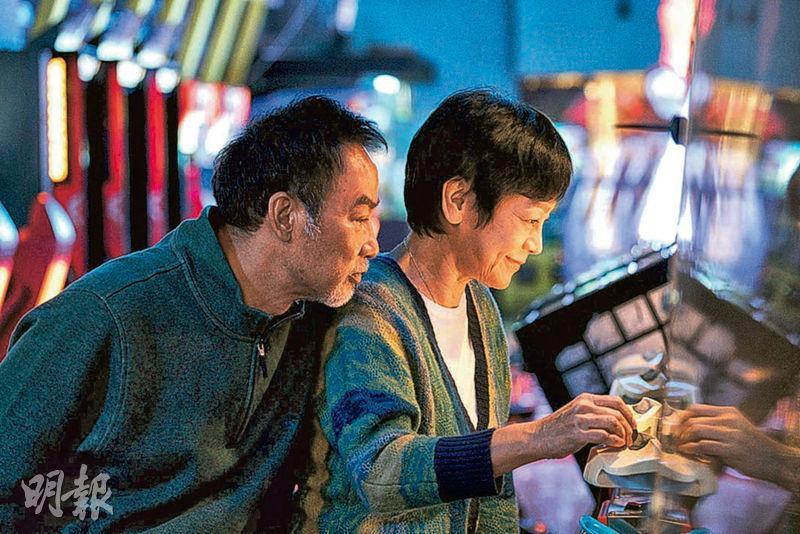 |
| A LIGHT NEVER GOES OUT's director Anastasia Tsang laments that only a few of the neon lights that once brought Hong Kong the nickname "the Pearl of the Orient" remain |
 |
| Simon Yam and Sylvia Chang work on A LIGHT NEVER GOES OUT for no salary courtesy of mingpao.com |
Anastasia Tsang Hin Ning directed her first feature film A LIGHT NEVER GOES OUT (DUN FOR LAN SHAN), which used the neon lights that once brought Hong Kong the "Pearl of the Orient" fame as its story background. She hoped through the film to record and pay tribute to this vanishing industry and craft. She lamented, "The cinematographer and I went to 'sweep the streets' all over Hong Kong, and shot one neon light after another. From the research to completing the production we took 4 years. Neon lights vanished very quickly, almost all gone with only a few left!" She thanked Sylvia Chang and Simon Yam Tat Wa for helping out without salary. Sylvia Chang even during the production and post production editing gave valuable suggestions, only with which the film was completed successfully.
Tsang Hin Ning said that Hong Kong's neon lights were also well known overseas. During the research process, she saw many overseas media and television stations that sent teams to shoot the vanishing neon lights. They were even more aware than the Hong Kong media. "We are used to living in Hong Kong, so we don't feel how sudden it was. When I brought it up with friends, they all said, 'Really?'. Everyone now is only concerned with playing on their phones, so they wouldn't raise their heads and look. If no one would alert them, they wouldn't even know if all the neon lights are gone. So I through A LIGHT NEVER GOES OUT spread the message to remind everyone to raise our heads to see what we are losing, and at the same time call for everyone's attention so this art would get passed on or exist in another fashion. Actually some neon light masters have already turned them into artwork. Neon light actually is a piece of art."
A LIGHT NEVER GOES OUT was Tsang Hin Ning's first feature film. Its production budget was only HK$ 5 million, so she could only learn to give and take. "The shoot schedule was tight, more important scenes would use simple production methods. Originally I wanted to shoot hospital and tram scenes, but actually they would have been very expensive and not economical. So I changed my mind, which is somewhat regrettable." She thanked actors like Sylvia Chang and Yam Tat Wa for their contributions and help the movie's smooth completion. Sylvia Chang gave a lot of suggestions to the screenplay and the character. Yam Tat wa participated in the production for 4 days, deliberately returned to Hong Kong and remained in quarantine for two weeks. In addition he really liked neon lights and was very supportive of Hong Kong films. He agreed right away. Tsang Hin Ning said, "I feel I am very lucky. They all lend a helping hand in hopes of preserving Hong Kong culture. In addition they already met my request in one or two takes, and made everyone pay more attention to this film. Their thoughtfulness makes people feel very warm."
Tsang Hin Ning felt greedy, wanting to tell anything and everything. Thus A LIGHT NEVER GOES OUT originally was 3 hours long. The producer and Sylvia Chang kept telling her to edit down, but she was reluctant. "Until once I watched it from a viewer's perspective and made the determination with instinct. Then I chopped away during editing and ended up with this current release edition."
Neon lights were no mach for the giant wheel of time, was it regrettable? She said, "Not everything with a long history has to be preserved. The world is just this big, it can't hold that much stuff. However neon light itself is an art, has aesthetics and is worth preserving. I don't want everyone to lament about the past after watching the film. It is already enough to be like Mei Heung and Leo in the film and preserve some of the spirit. I hope everyone would come up with positive ideas."
Tsang Hin Ning said that neon lights represented Hong Kong's glorious side. When the economy took off so many neon light signs were born. Actually they were just like the Hong Kong film industry, which once was very brilliant. "Several years ago people always said 'Hong Kong film is dead'. I feel that as history changes, some of the more vibrant cities have gradually declined; I believe in what the Buddhists say, things go through formation, existence, disintegration and emptiness, people go through birth, aging, disease and death. They never change in the world. However I feel that amid numerous changes, although certain things vanished do value, art and valuable skills truly vanished? No, film became online viewing, film became digital, with some invisible value we would use new ways and methods to pass on. This is what is the most important. The constant talk of film is dead is very strange, if it is not dead then we have to continue to live and create. Actually every era would face many difficulties, why not think about how to live on."



No comments:
Post a Comment